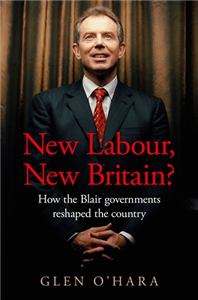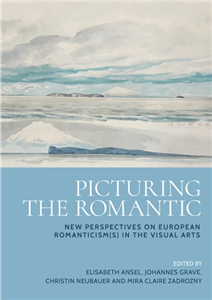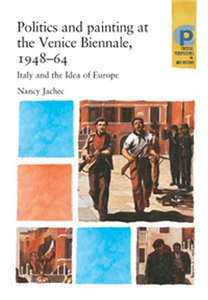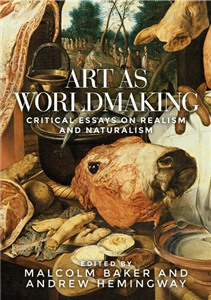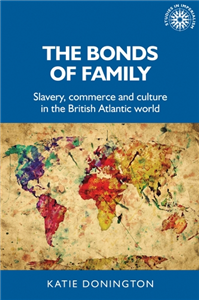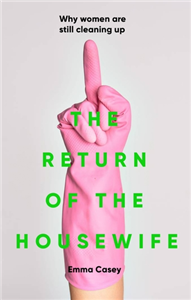Clare Painter Associates Ltd
Licensing digital rights can be complicated and time-consuming. For 15 years our digital licensing agency, founded by pioneering digital publisher David Attwooll (as Attwooll Associates), has guided publishers through rapid and complex digital change. Clare and her small team of digital rights experts take a personal approach to each publisher, recommending specific licences and digital business models. We attend the book fairs in London and Frankfurt each year, and deal regularly with over 50 e-vendors across all sectors of the market: professional, academic, educational, and consumer.
View Rights Portal





